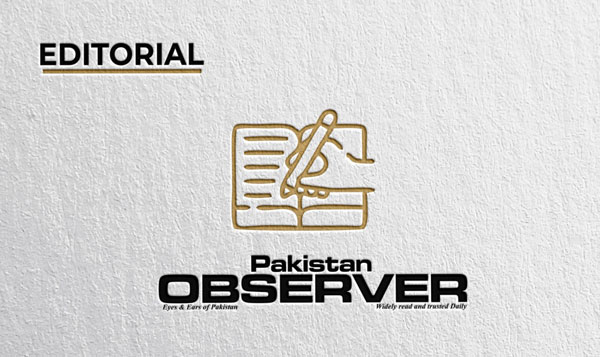Minister for Planning, Prof. Ahsan Iqbal, who co-authored the ambitious plan of the present government, called ‘Uraan Pakistan’ with Finance Minister Muhammad Aurangzeb, has explained its different targets and how the authorities plan to achieve them despite resource constraints and political instability. Addressing a news conference on Friday, he emphasized that the five-year plan was designed to avoid the pitfalls of previous initiatives, such as Vision 2010 and Vision 2025, which faltered due to political instability and policy discontinuity. Ahsan stated that unlike earlier frameworks, Uraan Pakistan is insulated from political disruptions through a robust implementation mechanism and a collaborative approach involving all provinces, ministries and sectors.
What the Minister elaborated on different aspects of the plan has conveyed a vivid impression that it will not remain a paper dream as necessary homework has been done to ensure its sustained implementation. Continuity and financing have always remained prime concerns in Pakistan as far as plans and programmes, aimed at progress and economic emancipation of the people, are concerned. With this in view, it is satisfying that a comprehensive financing strategy has been prepared for Uraan Pakistan, emphasizing the role of public-private partnerships (PPP) in reducing fiscal burdens and mobilizing resources for large-scale infrastructure projects.
The government would explore innovative financing models, including international development funds and private sector investments, while also strengthening Pakistan’s tax system (robust reforms are underway in this sector) to improve revenue generation. The Uraan Pakistan has deep linkages with another epoch-making project – China-Pakistan Economic Corridor (CPEC) – where Ahsan Iqbal played a crucial role both during planning and implementation stages. It may be noted that energy and transportation projects under CPEC are being expanded to support industrial growth and improve access to key markets in Central Asia, the Middle East and Africa. Mindful of the fact that Pakistan’s 65% population is under the age of 30, the plan envisages maximum utilization of this demographic dividend for national development. This is one of the significant aspects of the plan as youth of the country are getting disappointed over lack of opportunities and in the absence of proper planning to exploit their potential for progress and development, many of them are forced to indulge in negative activities. Therefore, the focus on education, skills development and digital initiatives will not only properly empower them but also make them an integral part of economic transformation that the Government is eyeing.
This is also confirmed by the experiments of other countries like Malaysia, Turkiya, South Korea, which invested hugely in the youth and are reaping the benefits. It is also a fact that realization of the targets in industrialization, agriculture and information technology can also help bring about an economic revolution. However, past experience shows we are criminally slow on the implementation side as is confirmed by our lacklustre approach to development of special economic zones under the CPEC despite the fact that Chinese companies are eager to relocate there. Therefore, intensive coordination with other ministries and provinces assumes greater significance and hopefully the Planning Minister will give due attention to this issue. The plan targets $60 billion in annual exports, focusing on key sectors such as IT, manufacturing, agriculture, creative industries, manpower and minerals.
By rebranding “Made in Pakistan” as a global standard for quality, the initiative aims to stabilize the rupee, reduce reliance on imports, and drive sustained growth. The plan to expand cultivable land by 20.3 million and increase water storage capacity by 10 million acre-feet augur well for growth of the agriculture sector but realization of these targets becomes questionable given parochial approach to the water issue. Similarly, exploitation of the country’s IT potential is directly linked to the quality of education, which is not satisfactory and this should become a priority focus for federal and provincial governments.










